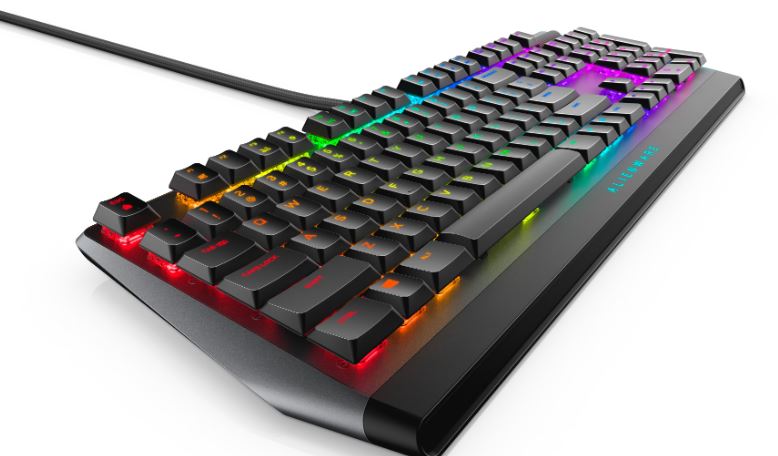Efficient and pain-free typing requires mastering correct finger positioning on the standard QWERTY keyboard layout. While self-taught "hunt and peck" methods function temporarily, maintaining proper form prevents injury over sustained usage. With frequent typing essential in modern digital workloads, understanding ergonomic technique proves increasingly important. This guide details ideal finger positions across the home row keys plus special characters to optimize speed, accuracy, and user wellness at workstations.

Identifying the Home Row
The home row refers to the second row of alphabetic keys from the top of a standard keyboard – containing F, J, D, and K from left to right across a QWERTY arrangement. With practice, keeping fingers on these keys provides a consistent reference point from which all other primary keys can be efficiently reached. Locating the home row forms a baseline enabling proficient two-handed touch-typing without needing sight of characters for guidance.
Left Hand Positioning
Beginning on the left side, the pinky finger rests lightly on the A key while the ring finger settles over S, middle on D, and index on F respectively. From this position, these four fingers can rapidly access all keys in their primary zones with minimal finger travel. The pinky accesses keys like Q, Z, Ctrl, and Caps Lock while ring targets W and X, middle E and C, and index moves to R, T, G and V. Using alternate muscles avoids strain on any single digit.
Right Hand Home Keys
Mirroring the left, the right hand pinky rests gently on the ";" semicolon key. Ring situates over L, middle over K and index over J to complete the home row foundation. From these keys, associated strokes include M and N for ring, H, J, U and N for middle and H, J, M, N for index fingers respectively without needing to shift position excessively. Proper hand positioning frees thumbs to safely tap the spacebar between keying sequences unhindered by excess wrist angles.
Special (Non-Alphabet) Characters
Beyond the QWERTY home row alphabet, other frequently used characters require finger adjustments over their dedicated keys near the home row positioning.
-
Numbers: Accessed by left pinky (1, 2, 3), ring (4, 5), and middle (6, 7) fingers plus index (8, 9) and right index finger (0).
-
Symbols: The left pinky inputs `, ~ and Tab while middle Caps Lock and right pinky keys ; and – + [ ] < > / ? = respectively.
-
Functions: Left Ctrl and Shift reached by pinky and Shift plus Windows accessed by the right pinky digit.
Staying centered maintains efficiency across the entirety of typing activities. For uncommon characters, fingers adjust smoothly without needing sight redirects elsewhere across the keyboard face to locate rarely used symbols in daily writing.
Positioning Nuances
While described positions provide guidance on ideal technique, certain variations exist depending on hand size, keyboard layouts, and personal preference. Key points to note:
-
Hands hover – not resting fully on home row keys for maneuverability.
-
Thumbs hover near spacebar without gripping tightly.
-
Hands mirror each other, forming a gently curved 'V'.
-
Wrists hover just above keyboard surface keeping straight alignment.
-
Fingers curve naturally, avoiding hyperextension at knuckles.
With practice incorporating dynamic postures over time, form develops musculo-skeletal memory optimizing movement economy across strokes. Proper alignment prevents carpal tunnel and repetitive stress injuries over sustained typing tasks wherever computers feature prominently.
Additional Ergonomic Tips
Beyond finger positioning, posture fundamentals apply to keyboard usage promoting wellness:
-
Sitting back against chair, maintaining low back's natural inward curve.
-
Elbows close to sides with relaxed shoulders down and back.
-
Head balances over the neck and facing computer screens.
-
Feet rest flat on floor or on raised support, hips at 90° to thighs.
-
Short, frequent breaks incorporate light stretching to release tension.
Carpal tunnel risk rises dramatically with improper form compounded by forceful key strikes or wrist deviations. By adhering to technique fundamentals described here adapted to one's anatomy, keyboard work benefits health along with productivity on computers central to careers and personal lives.
